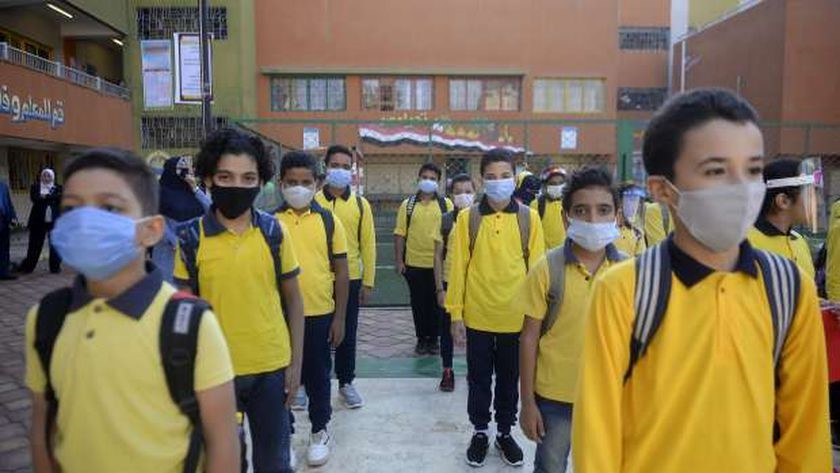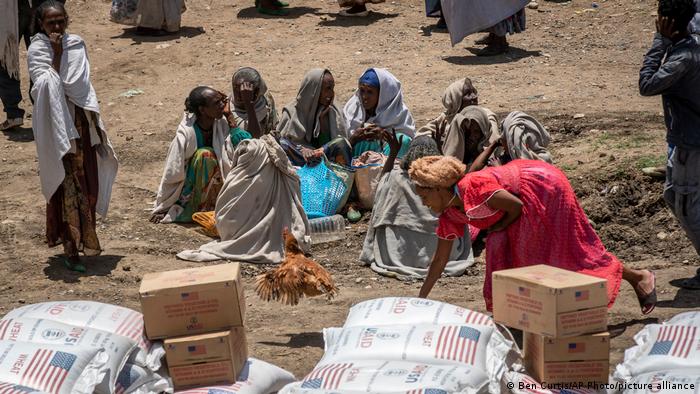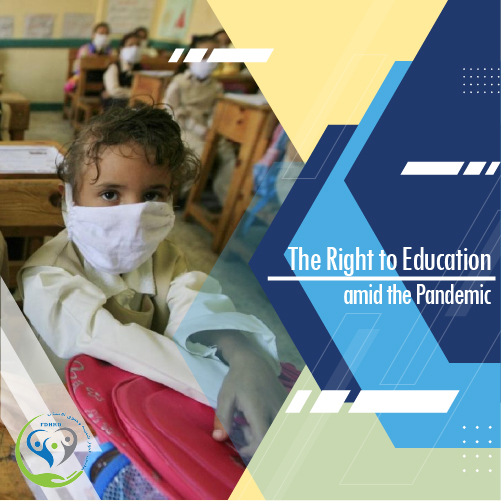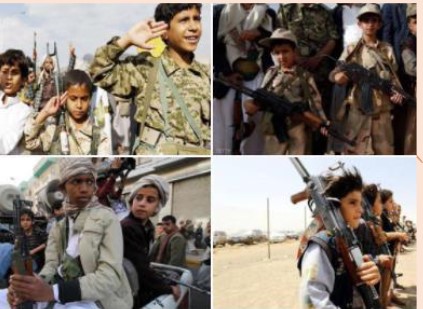Thursday, July 29, 2021
Press ٌRelease
The Forum for Development and Human Rights Dialogue foundation issued a policy paper entitled “Right to Education amid the Pandemic”.
The policy paper stressed that the Corona pandemic imposed concern for the right to education in a different manner, and the right to digital transformation and closing digital gaps between individuals have become the most prominent variables imposed by the pandemic, and it became necessary for states and organizations to cooperate, to ensure that the right to education remains a fundamental right even in the light of global crises.
The policy papers discussed the impact of the Corona pandemic on the right to education, highlighting the challenges facing education during the Corona crisis, as well as proposed solutions that could be used to preserve the right to education in the face of the crisis.
With regard to the Egyptian family and spending on education under Corona, the policy paper indicated that according to the Report of the Central Agency for Mobilization and Statistics 2020, most of the household spending on education is spent on private lessons at 37.7%, tuition expenses represent 30.8%, household book costs at 14.2%, transportation expenses 9.4%, and clothing 5.7%.
According to the paper, the government’s pursuit of education development is undeniable as the state has made great efforts to implement the policy of digital transformation as a means of developing education and improving the level of educational outcomes, but the reality has shown that the policy of transformation involves a number of imbalances that the state must intervene to eliminate before it causes a disaster that leads to a real deterioration of education.
With regard to the right to education in the context of the pandemic, the paper explained that the right to education in the post-Corona world required a reformulation to include the right of individuals to digital transformation, and to overcome the challenges that hindered this transformation :
The gap in internet connectivity that ensures all students connect to the Internet.
The gap in digital use related to the ability of students and their parents to interact with content online.
The digital divide in schools: which relates to the capabilities and capacity of each school to provide individual or equal and serial digital learning to suit all students, promote and monitor participation with these subjects, and provide observations that help maximize learning outcomes.
Rigid education systems: In developing countries that focus more on certificates than skills, in addition to increasing inequality among students in light of the varying prevalence and speed of the Internet, which has led to a sharper digital divide and implications for the quality of distance education.
The report concluded with a number of recommendations, the most important of which were:
- Modernize technological infrastructure in poor villages, countryside and rural areas, and train teachers in these areas to use modern technology.
- Issue a free and simple educational application to be used by the Ministry for all educational stages to help parents follow up with their children and the school specialist will train parents to use the application easily.
- Activating the role of the monitoring and evaluation department in the Ministry of Education, to train employees on the usage of Internet and digital platforms, in order to monitor teachers’ virtual performance.
- Request civil society organizations interested in education issues, in coordination with the School Board of Trustees, to assist parents by providing technological literacy training courses.
- Increase financial resources to develop educational programs and curricula for the upcoming academic year 2021/2022, and use international expertise and international programs to support education programs.
- Increase investments in the villages and governorates of Upper Egypt to modernize the digital infrastructure in light of the state’s initiative for distance learning to confront Corona in the future.
- Provide support for educational programs on television channels for students in poor and disadvantaged areas to ensure their inclusion in the distance learning process.
- Use the parallel learning system to officially support the educational process, and broadcast lessons on educational channels in exchange for specified income.
- Take advantage of international grants and international organizations (UNICEF and the World Bank) that help to carry out reforms to contain and combat the virus.








